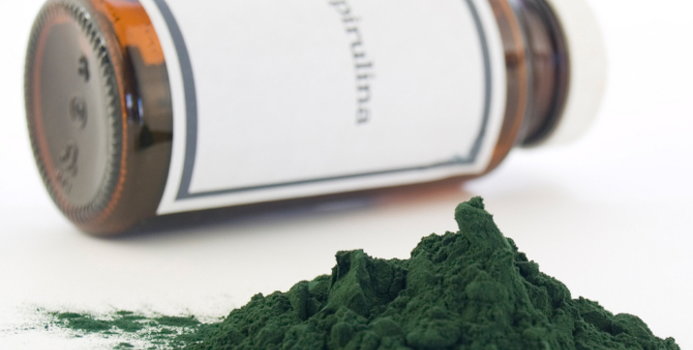Blue-green algae, in organic form, is a wonderfully nutrient-rich food. There are two forms of blue-green algae. One is called Spirulina, and the other is called Aphanizomenon flos-aquae, or AFA. These are the forms of blue-green algae that are most commonly consumed. This "super food" can increase endurance, mental stability, and reduce stress.
Myths Surrounding Algae
One of the most popular myths about blue-green algae is that it is a liver toxin. This is a misconception. The type of species that does cause liver poisoning is not AFA, but something called Microcystis aeruginosa. This is found in most bodies of water, even in the water we drink daily. Algae is "pond scum." Algae that is found growing in ponds, or even in your swimming pool, is not safe for you to consume. It may also be toxic to animals that eat it. The blue-green algae that is sold as a dietary supplement is completely safe and has no known side effects.
Health Benefits
There are many benefits of this organic algae. Because it is very high in nutrients, it is a very powerful energy booster. It offers anti-aging and positive effects for both the hair and the skin. It contains a high concentration of powerful antioxidants that can strengthen the immune system. It is able to stimulate stem cell movement to aid in the regeneration of body tissues that have been damaged.
Blue-green algae is readily absorbed into the body, with about 97% easily absorbed into the system. It has a soothing effect on headaches and body pain. Many people find that digestive problems they may have are greatly improved with the consumption of blue green algae. In addition, blue-green algae has very strong detoxifying characteristics and enables the body to more easily cleanse itself. It also can have a positive effect on the brain, aiding in reducing bouts of depression. People are more able to cope with everyday stress. The immune system is greatly improved.
Location, Location, Location Both blue-green algae and Spirulina are found growing in the waters of lakes and ponds. These natural foods have been here for hundreds of thousands of years. There are over 64 vitamins and minerals found in blue-green algae, including, but not limited to, A, C, E, B12 and B6. Natural minerals, such as calcium and magnesium, are also found in blue-green algae. They both are also rich in trace minerals that the modern diets of today lack.
There are always going to be myths associated with blue-green algae and the effect it may or may not have, either good or bad, when consumed by the population. The choice, therefore, is yours to make. There are hundreds of sources for information concerning blue-green algae. So before you decide to consume it, you may want to do your research so that you can then make an informed decision.



